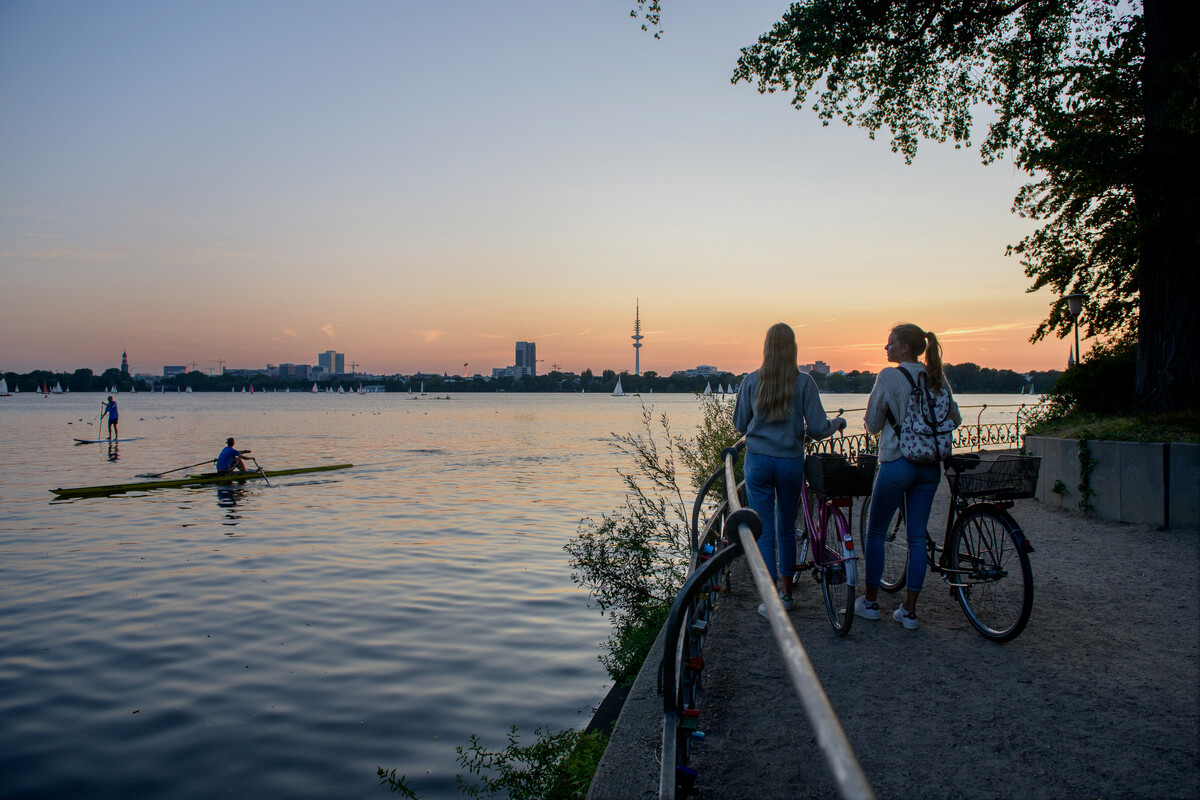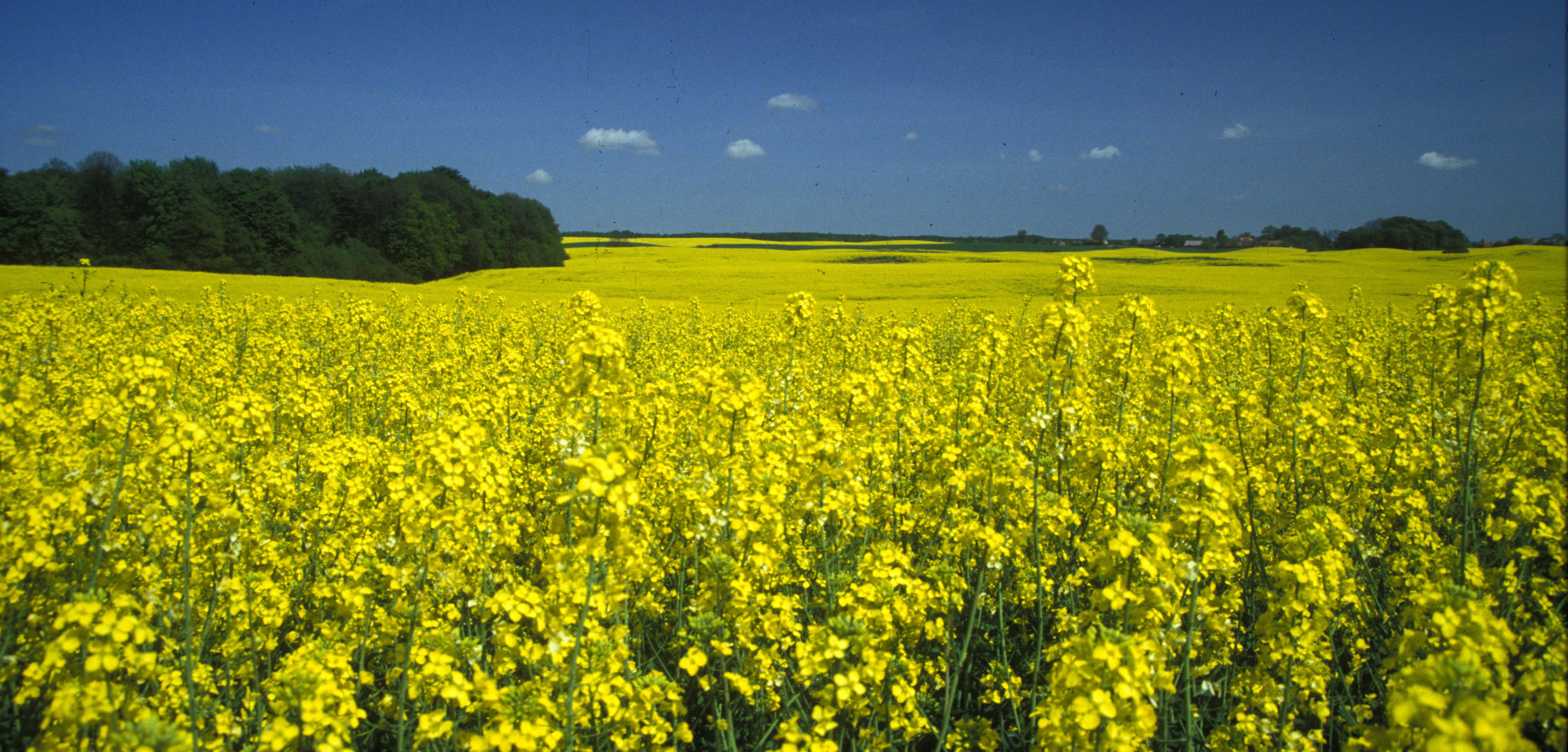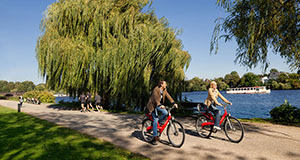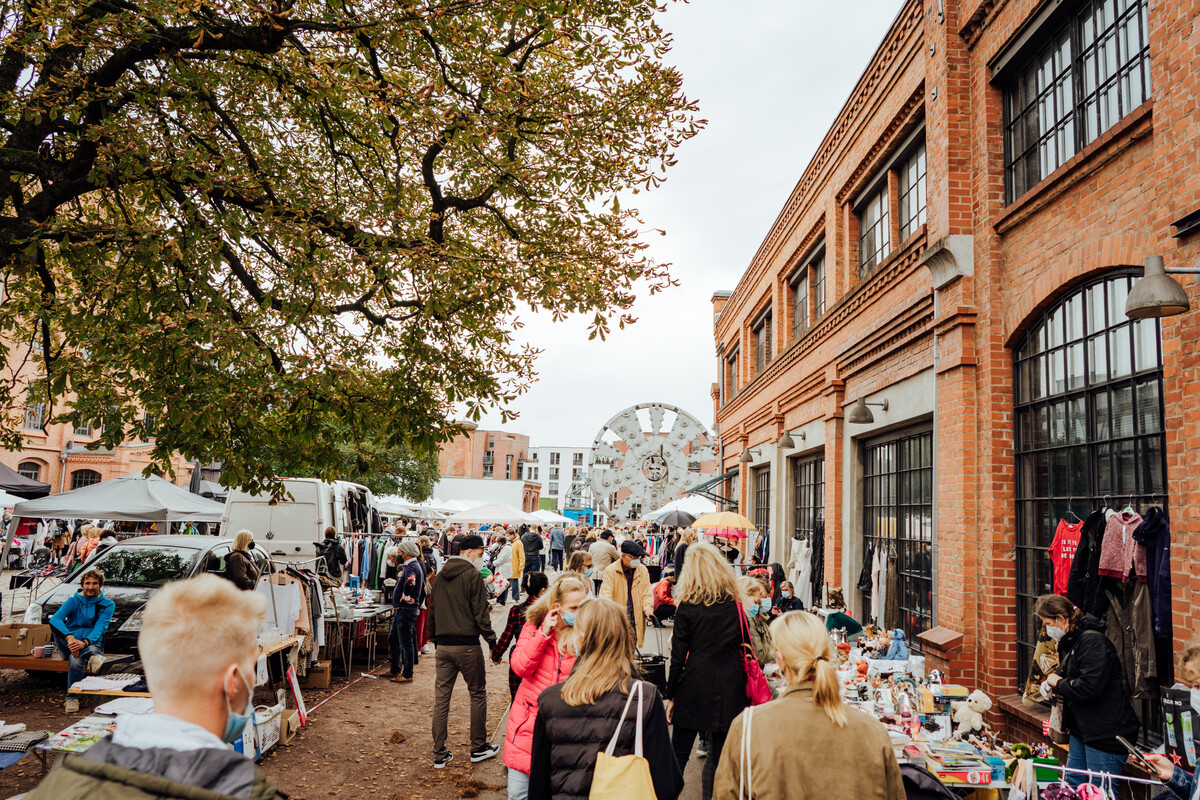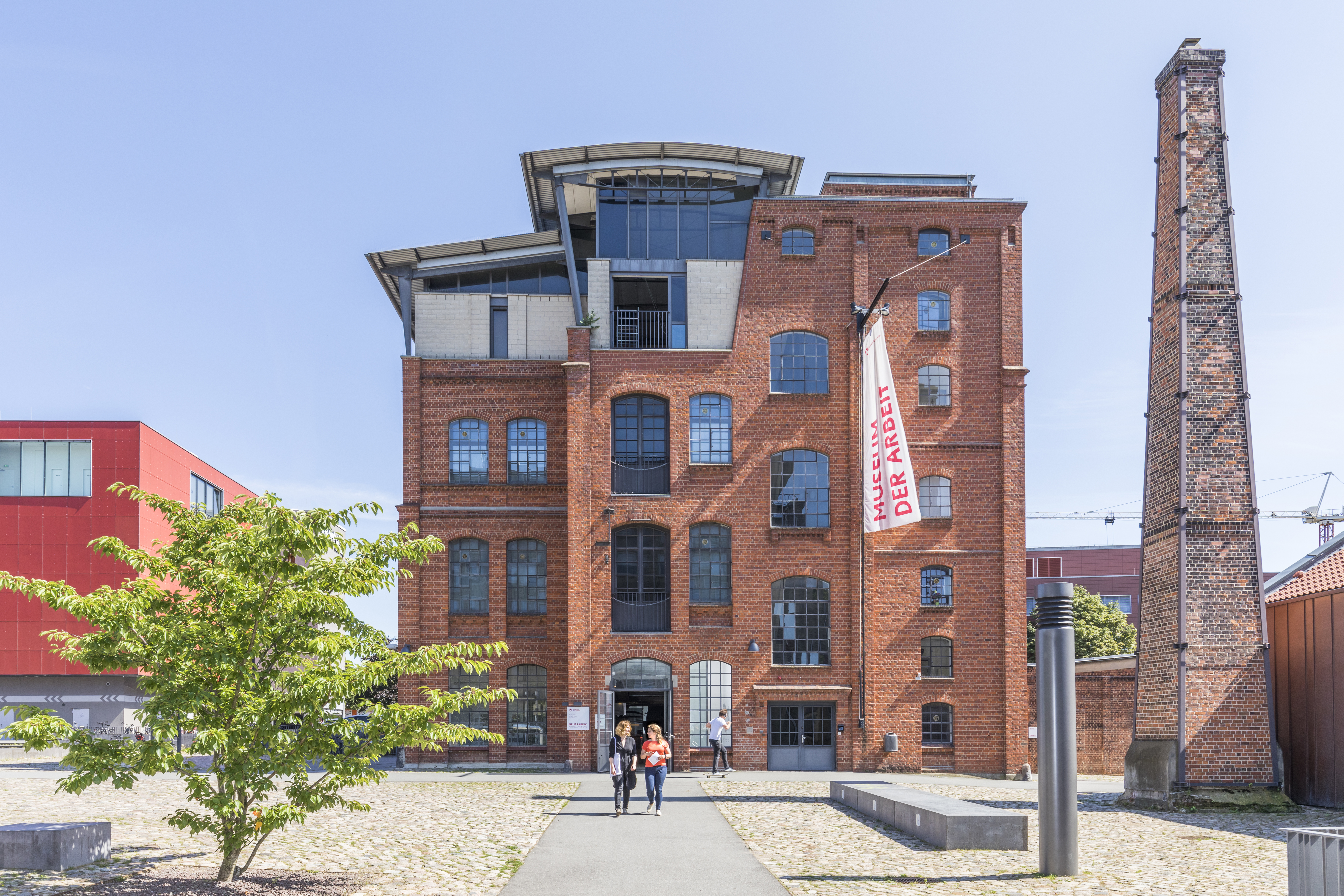Hamburg, the Green Metropolis on the Elbe
Going for a walk in the south of Hamburg you can sometimes watch shimmering black birds with long necks and orange beaks - cormorants! This bird usually lives at the sea but finds an equal habitat in the moist lowlands of the Hamburg city park - just 30 minutes away from the central station.
Birds of prey like hawks and buzzard or the rare cobalt blue kingfisher - they all are inhabtitants of the Hamburg city park.The park has been renaturalised and is since then the ideal hunting ground and for visitors one of the most interesting bird reservoirs of Hamburg.
Despite the industrial port and 1.8 Million inhabitants, Hamburg is one of the greenest big cities in Europe: Almost a fifth of the spaces are covered with meadows, woods, parks and water – half of it is under conservation. Projected on the area of the country the city state has the most share of nature reserves.
The City from the Bird's Eye View
For the people from Hamburg being close to the nature means a plus of life quality: Parks with little woods and lakes are constantly interrupting urban areas and imposing trees are lining the streets everywhere. Numerous canals are winding their way through the city and on their banks the nature is spreading. From the central station it's not far to the lush greens around the Alster lake. Just a few kilometres from the port up the Elbe river at Falkensteiner Ufer are steep slopes leading into natural beaches.
Nature reserves and park areas are part of a long strategy of implementing greens that goes back to the year 1914. In over 100 years of Hamburgs park history the number of greens has been increased tenfold by the authority for horticulture, from 200 to 3000 hectare. From the beginning the design of the areas closesely to the nature was visionary like the both biggest parks of the Hanseatic City - the Altonaer Volkspark and the Winterhuder Stadtpark- Show. The Ohlsdorfer Friedhof, final resting place of many popular personalities, counts with ist rich flora and fauna as the biggest park cemetary of the world.
Sustainable Urban Development
Today Hamburg takes up on this pioneering role in the sustainable urban development with up-to-date concepts. In the year 2011 Hamburg even won the title "Environment Capital of Europe". The city at the Elbe works on the ambitioned goal to reduce the co2 emissions about 80 percent until 2050. The city focuses on resource-sparing growth at the inner-city developmen through winning back industrial areas and fallow land for the citizens: In case of the Hamburg HafenCity, the biggest inner-city building project in Europe, the city is exploiting 157 hectare of the old port area in the inner-city center for the urban development. Many buildings won a price for their sustainable architecture.
Another big project was the climate-neutral development of the district Wilhemsburg in the context of the International Building Exhibition (IBA) 2013. During the Internationalen Gartenschau (igs) for example, the Wilhemsburger Inselpark has been built up - with sunbathing lawns, barbecue areas, playing and sports areas, a canoo canal and a high wire climbing park. It connects Hamburgs greens north and south of the Elbe and with 100 hectare it's one of the biggest parks that has been cultivated in the last years in Germany.
Green Citizen Visions
Yet not just the city but also the citizens are planning and realising green projects. The park Fiction in St. Pauli is a symbol for visions that have become reality. Instead of fighting to get another living and office building on an expensive property at the banks of the Elbe, artists fought for a social garden that has been built including the planning of the people from the neighbourhood: The Park Fiction - a park with greens, playgrounds, dog area and an impressive view on the port panorama.
Recently especially the political active citizens of the districts Altona and St. Pauli are taking care of the urban gardening. On the Gartendeck, on top of an old underground parking garage near the Reeperbahn residents are cultivating herbs, salad and vegetables. The initiative KEBAP (KulturEnergieBunkerAltona) planted beds around the old bunker near the Große Bergstraße. The residents want the relict from World War II to contain a thermal power station and spaces for artists. The city authority subsidizes models like these if an unambiguous interest for citizens is perceptible.
Green Rooftops for a healthy City Climate
Hamburg might possibly get another green spectacular project: The Hilldegarden is supposed to make the bunker on the Heiligengeistfeld in St. Pauli greener. The building also from World War II is used by clubs like the 'Uebel und Gefährlich' and the radio station Byte.fm. With 'Hilldegarden' the bunker would get a multi-story, pyramid-shaped park built on its rooftop, that is supposed to contain a big culture hall and a hotel for artists. The futuristic project is still in ist infancy. Nonetheless the vision could actually become reality since this approach strongly correlates with the interests of the city authorities: The city agreed to the covering of new and already existing flat rooftops with greenery. Thus the city climate can be increased and the residents receive more spaces to relax. Therefore Hamburgs future face from the bird's eye view is getting even more greener.
More tips for a sustainable city experience can be found here.
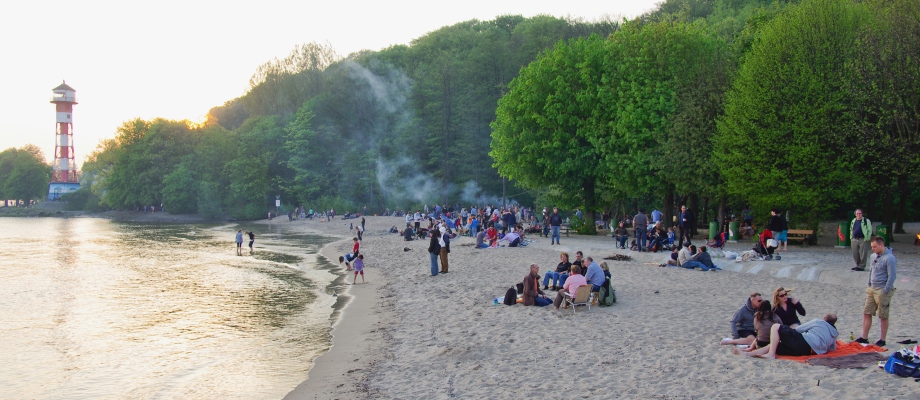
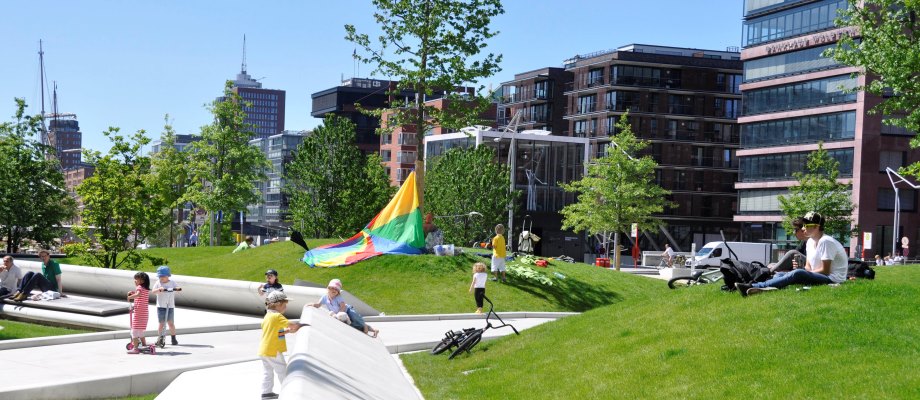

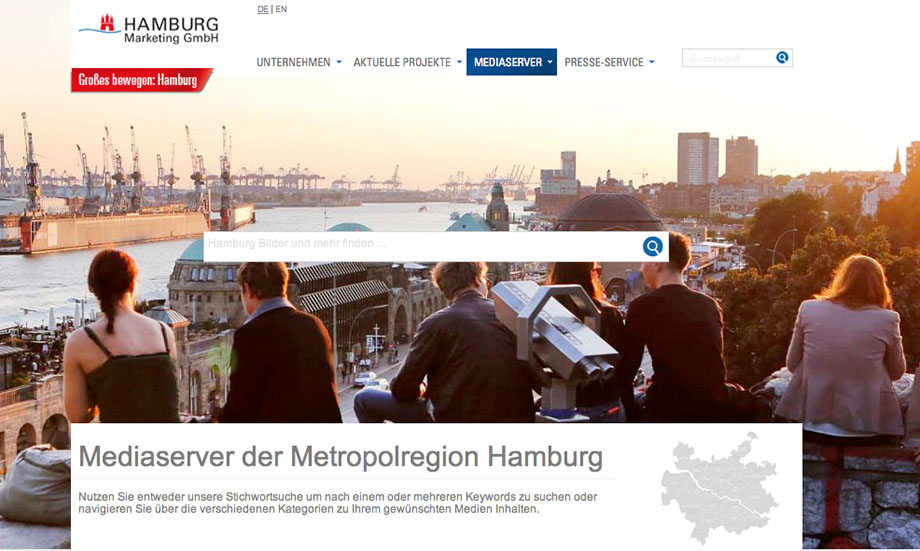


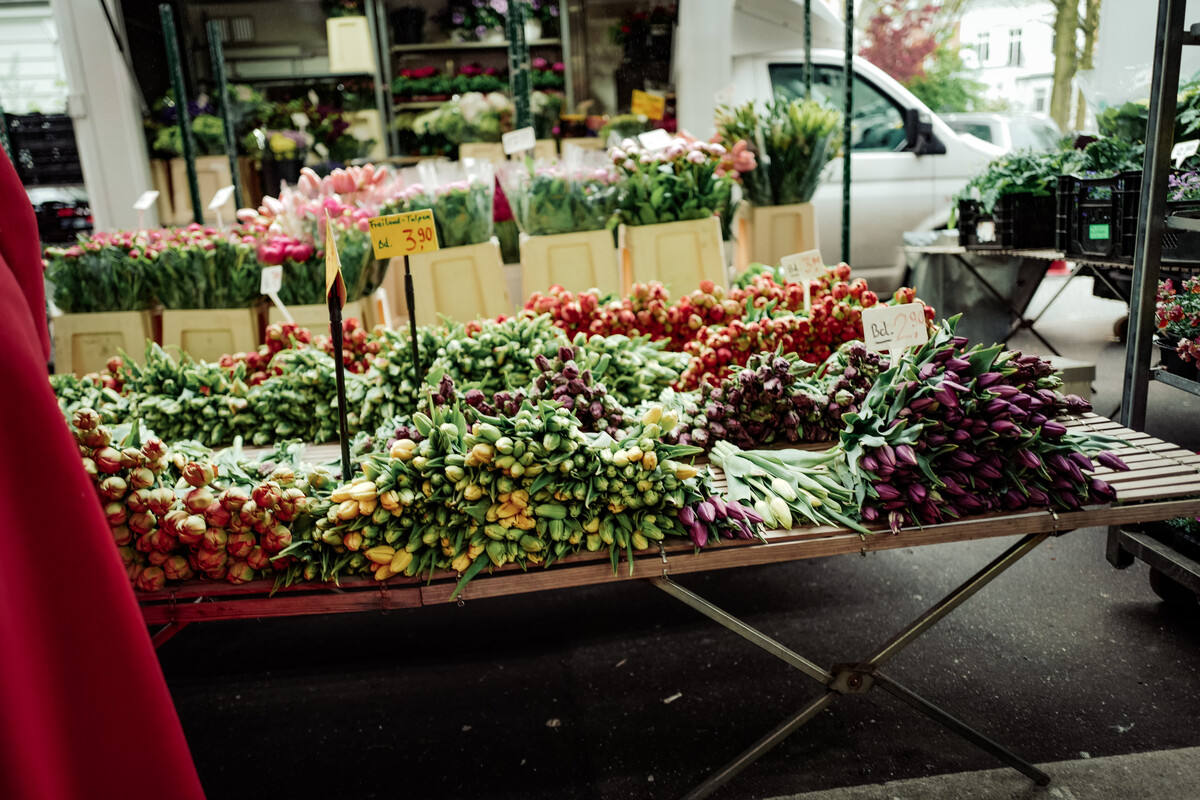
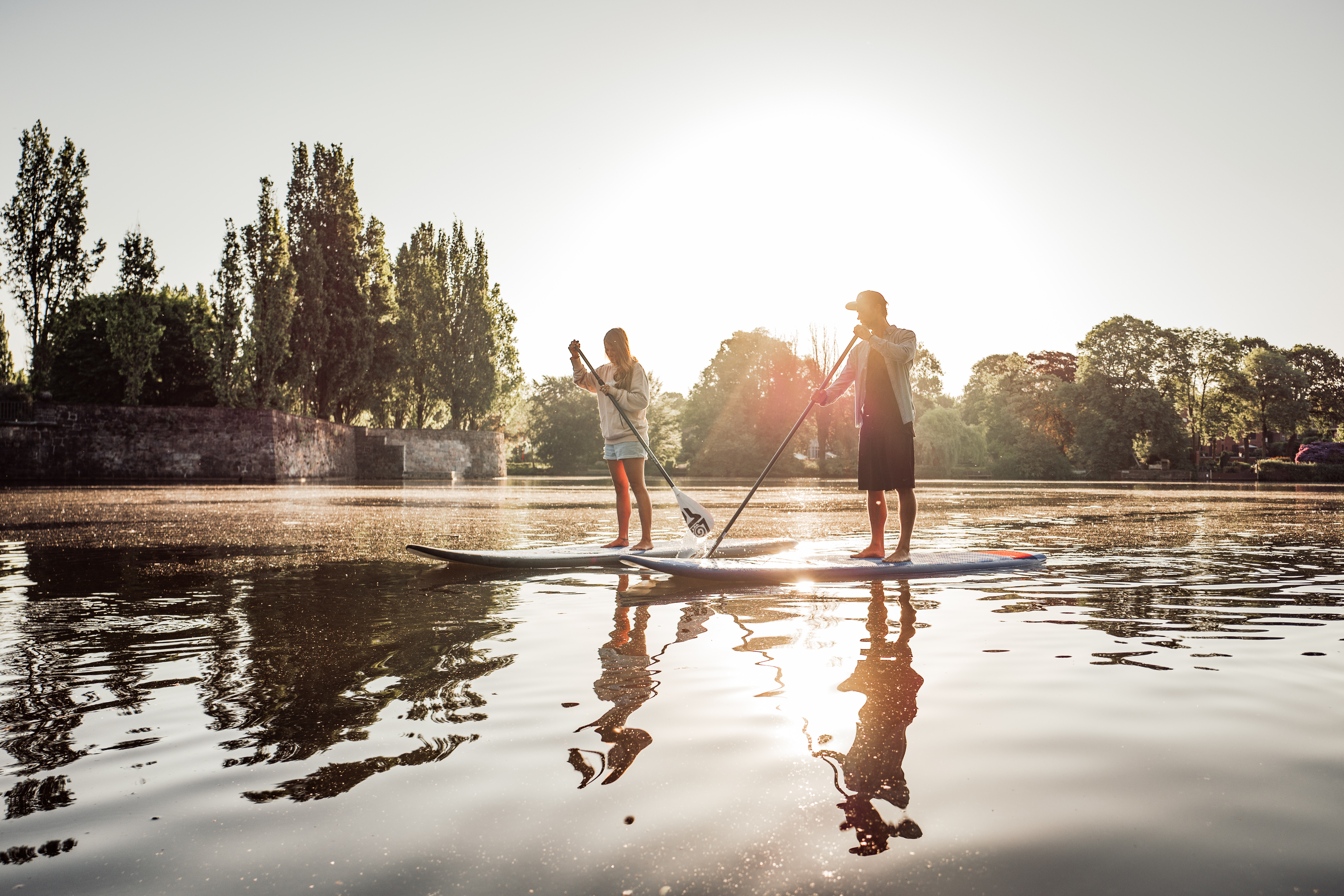
.jpg)
